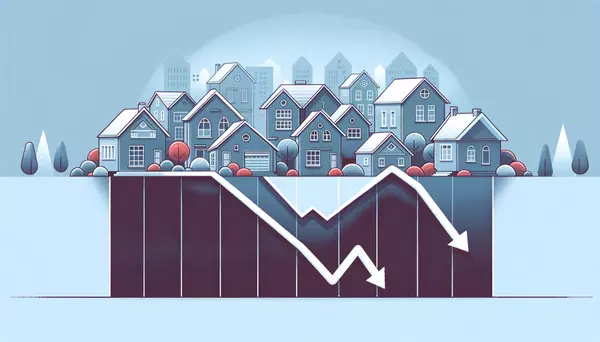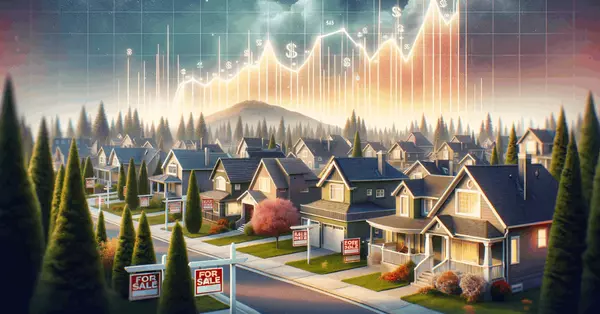The Thawing of the Housing Market: Emerging from Mortgage Rate Lock

The real estate market in 2024 is experiencing a pivotal shift. We are witnessing a gradual thawing from the "rate lock" phenomenon that characterized much of 2023, signaling a potential resurgence in housing market activity. This blog delves into the recent trends and their implications for buyers and sellers alike.
Breaking Free from Rate Lock
In 2023, the housing market was largely paralyzed by the "rate lock" effect, where homeowners hesitated to sell due to the fear of losing low mortgage rates. However, as we step into 2024, there are encouraging signs of change. A recent survey by Zillow indicated that 21% of homeowners are considering selling their homes within the next three years. This shift is significant as it suggests that high mortgage rates are becoming less of a deterrent for potential sellers.
Declining Mortgage Rates: A New Dawn
A key factor contributing to this shift is the declining mortgage rates. The 30-year fixed mortgage rate, which had peaked at 8% in October last year, hovered around 6.66% recently. This decrease in rates is revitalizing buyer interest and confidence. Redfin's Homebuyer Demand Index, for instance, rose by 5% from December, indicating an uptick in requests for home tours and buying services. Concurrently, new listings increased by 9% year-over-year for the weeks ending on January 7.
The Balancing Market
These emerging trends are gradually steering the market towards a balance. The median days on the market have reduced slightly, and the share of homes sold within two weeks has increased marginally. This change points towards a renewed appetite among homebuyers. Furthermore, the number of homes sold above the list price also saw a year-over-year increase, suggesting a more competitive market environment.
Inventory Still a Challenge
Despite these positive developments, challenges remain, particularly in the supply of housing. The recent increase in listings has been significant but not sufficient to elevate the inventory to pre-pandemic levels. Active listings were still down 30.9% compared to December 2019. Thus, while the pickup in home listings is a positive step, the market still grapples with constrained inventory levels.
A Mixed Picture Across the US
The impact of these trends varies across different regions. Some areas like Austin, Texas, have maintained relatively accessible housing markets, contrasting with the broader national trend of declining affordability. On the other hand, cities like San Francisco and Atlanta have experienced declines in new listings, reflecting localized market dynamics.
Conclusion: Cautious Optimism
As we navigate through 2024, the housing market appears to be cautiously inching towards normalcy. The loosening of the rate lock grip, coupled with declining mortgage rates, is creating new opportunities for both buyers and sellers. However, the persisting challenge of limited inventory and regional disparities suggests that the path to a fully recovered and balanced market remains complex. Buyers and sellers alike should remain informed and adaptable to navigate these changing tides in the real estate landscape.
If you're ready to explore buying or selling a home in Las Vegas, or just have some questions, feel free to reach out. I'm here to help make your real estate journey smooth and successful. Let's chat!
Categories
Recent Posts










GET MORE INFORMATION

